On a modest plot in Epsilon Orionis, Fishace Pye has set up a backyard waste management system to demonstrate the real-life benefits. Fishace sums up the purpose of his plot:
“Fishace Ecological Engineering is an Australian consultancy specialising in the design of zero waste systems. With climate changes ahead we need to do things in different ways. This system shows how you can treat your waste and get value back from recycling nutrients. The microalgae photobioreactor has just hit the news as one way to soak up CO2 from smoke stacks and then recover biofuels from the algal feedstock. The educational exhibition outlines future nutrient mining technology.
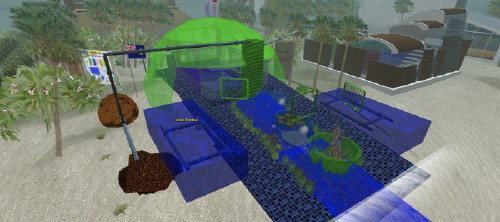
Check it out in-world or go to fishace.com.au.
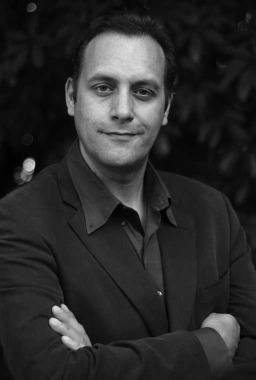
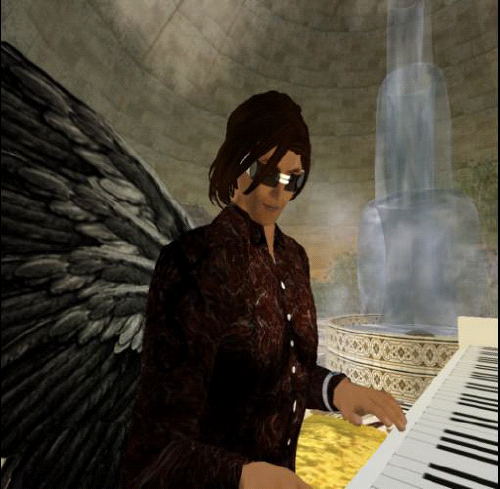
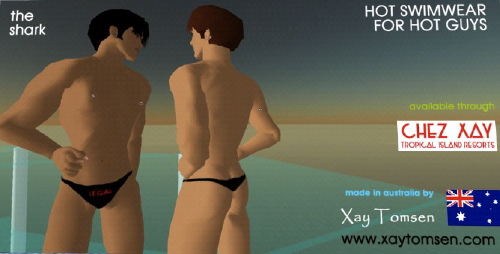
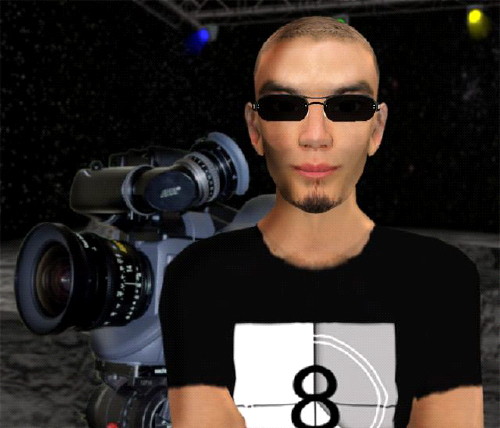
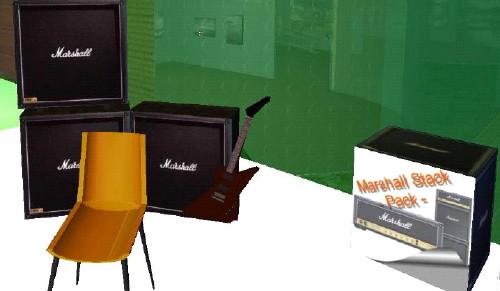
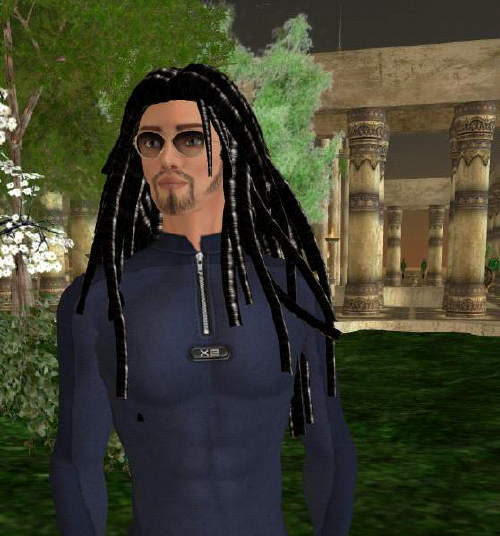

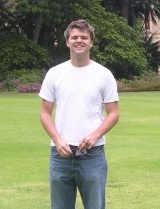
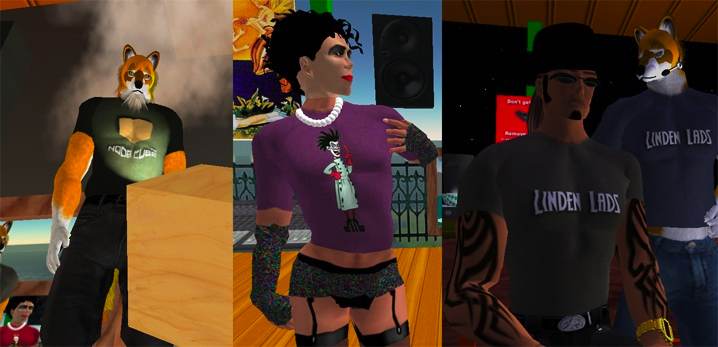
Recent Comments